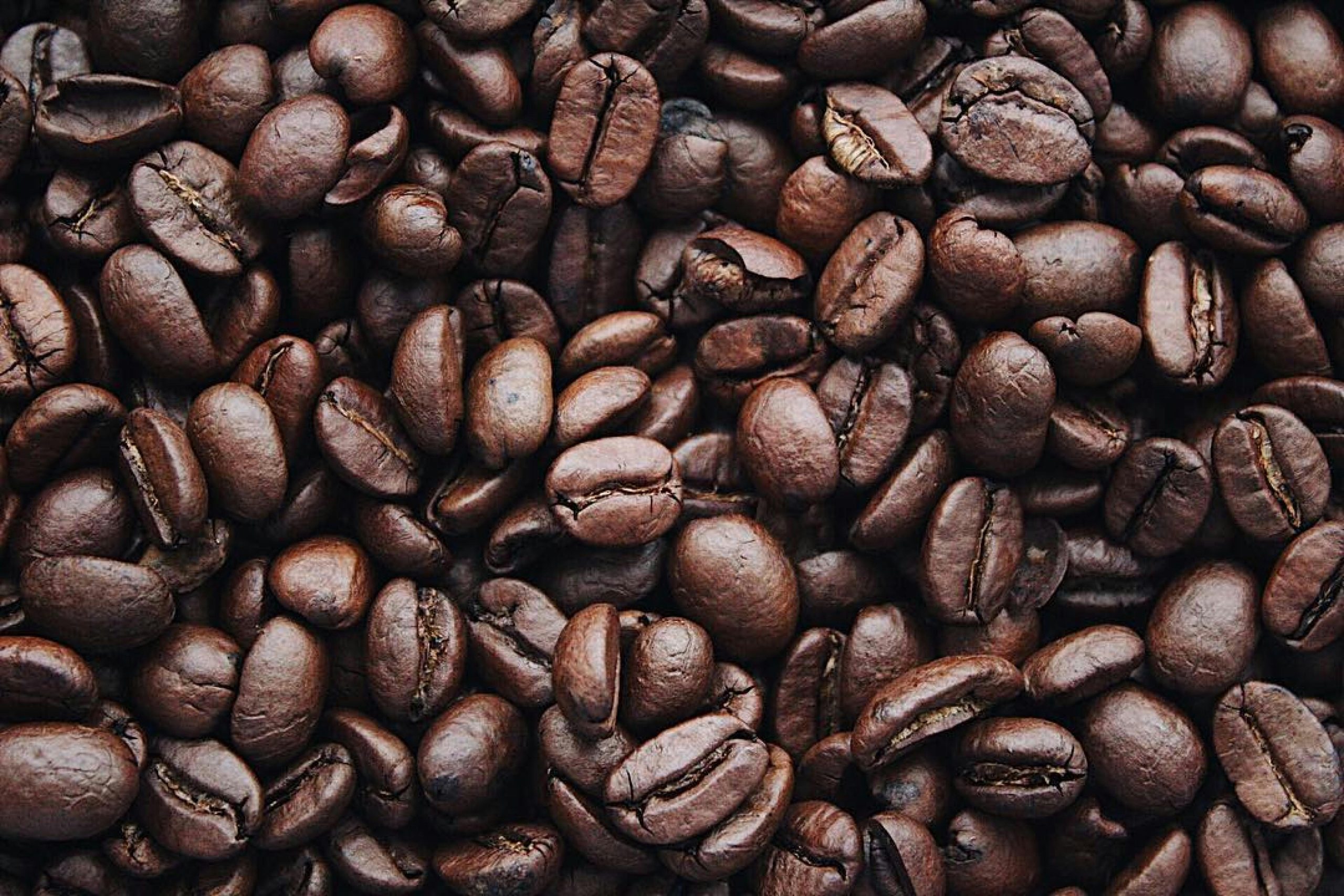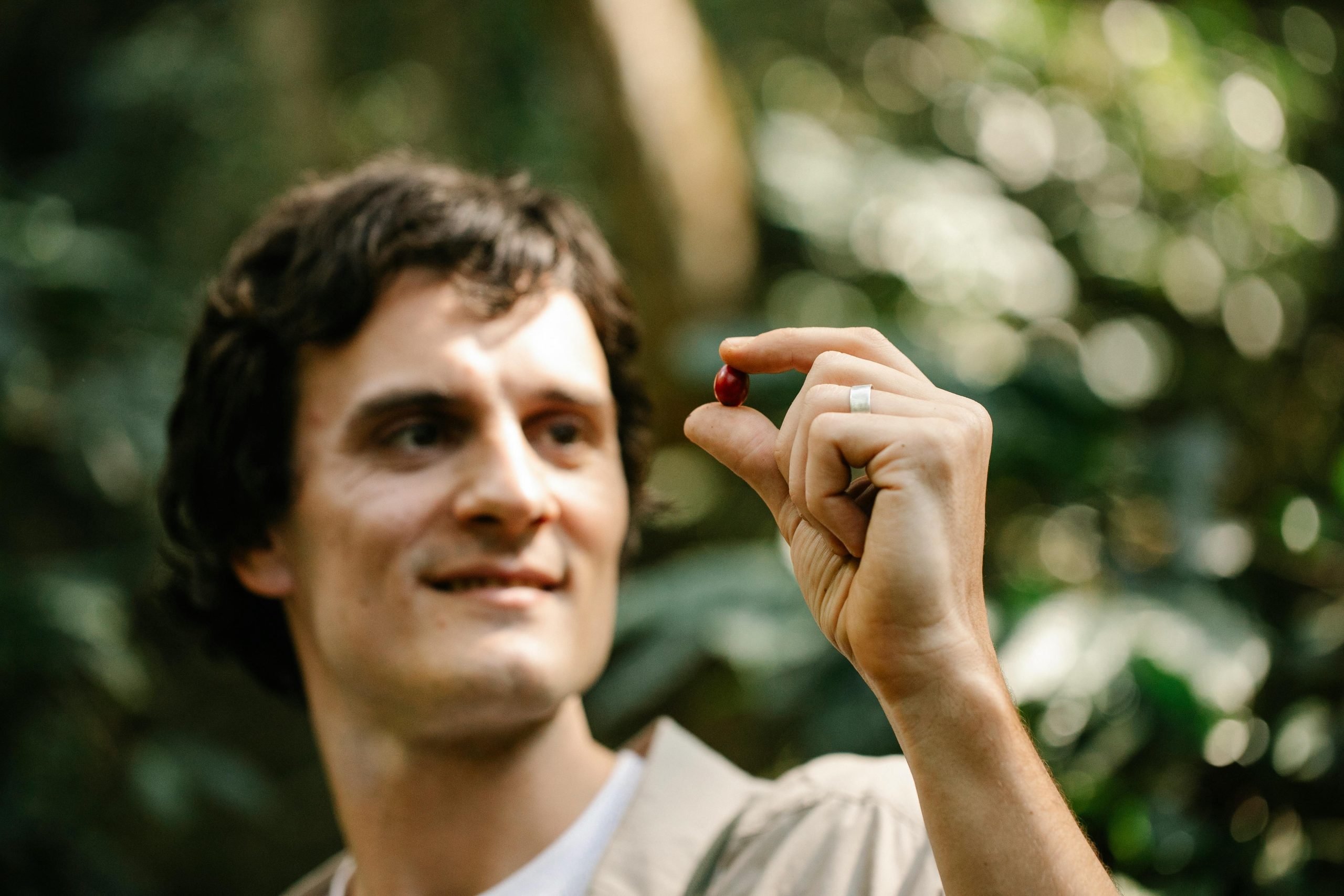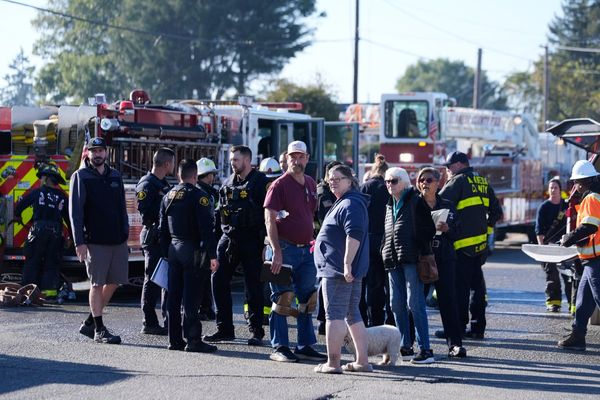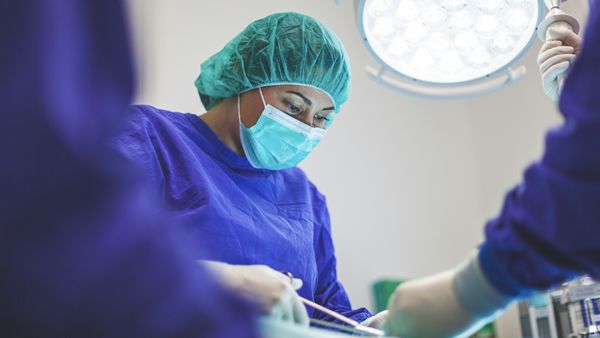You rely on your morning coffee for a consistent, energizing caffeine boost. But have you ever noticed that sometimes your usual cup doesn’t seem to pack the same punch? Or that coffee from one cafe feels stronger than from another? The caffeine content in coffee is not a fixed number. It can vary dramatically based on a surprising number of factors. Many coffee drinkers might be getting less (or sometimes more) caffeine than they assume. Understanding these variables can help explain why your daily brew might feel weaker than you expect. Here are 10 factors that can significantly affect your coffee’s caffeine content.

1. The Type of Coffee Bean: Arabica vs. Robusta
This is one of the biggest factors. The two major species of coffee beans are Arabica and Robusta. The vast majority of specialty and gourmet coffee is made from Arabica beans, which are prized for their complex, aromatic flavors. Robusta beans have a stronger, harsher taste but contain nearly double the caffeine of Arabica beans. If your favorite blend quietly changes its ratio to include less Robusta, or if you switch from a Robusta-heavy blend to a 100% Arabica one, you’ll notice a significant drop in caffeine.
2. The Roast Level: Light vs. Dark
There’s a common misconception that dark, bold-tasting coffee is stronger in caffeine. The opposite is generally true. Caffeine is quite stable during the roasting process. Coffee beans expand and lose mass as they are roasted longer. If you measure your coffee by scoops (volume), a scoop of lighter roast beans is denser and contains more caffeine than a scoop of darker roast beans. The “strong” taste of a dark roast comes from the roasting process itself, not from higher caffeine.
3. The Brewing Method Used
How you brew your coffee dramatically changes how much caffeine is extracted into your cup. Methods with longer contact time between water and coffee grounds will extract more caffeine. For example, cold brew, which steeps for 12-24 hours, can be very high in caffeine. Drip coffee from an automatic machine has a moderate amount. Espresso, despite its intense flavor, actually has less caffeine per serving than a standard cup of drip coffee, simply because the serving size is so small.
4. The Grind Size of the Coffee
The size of your coffee grounds affects the extraction rate. A finer grind creates more surface area, allowing water to extract caffeine and flavor more efficiently in a shorter amount of time. This is why espresso uses a very fine grind. If you use a grind that is too coarse for your brewing method (e.g., a coarse French press grind in a drip machine), the water will pass through too quickly, resulting in a weak, under-extracted, and less caffeinated cup of coffee.
5. The Water-to-Coffee Ratio
How much coffee grounds you use relative to the amount of water is a crucial factor. If you use fewer grounds than recommended for the amount of water you’re brewing, your coffee will naturally be weaker in both flavor and caffeine content. Many people try to “stretch” their coffee by using less, but this directly results in a less potent brew. Following the recommended ratios (typically around 1:16 to 1:18 coffee to water by weight) ensures proper strength.
6. Water Temperature During Brewing
The temperature of the water used for brewing affects caffeine extraction. The ideal temperature range is generally considered to be between 195°F and 205°F (90°C to 96°C). Water that is too cool will not extract the full range of soluble compounds, including caffeine, leading to a flat and under-extracted coffee. Water that is too hot can scald the grounds, creating a bitter taste.
7. “Shrinkflation” in Coffee Pods or Grounds
Manufacturers sometimes quietly reduce the amount of coffee in their single-serve pods or packaged grounds. A K-Cup or a coffee pod might look the same, but contain slightly less coffee than it used to. This “shrinkflation” means you’re brewing with less coffee, which directly results in a weaker, less caffeinated cup, even though you’re following the same brewing routine.
8. Natural Variation in Crops

Coffee is an agricultural product. The caffeine content can naturally vary from crop to crop, even within the same plantation or region. Factors like altitude, soil type, and specific plant varieties can all have a subtle impact on the final caffeine level of the beans. This means even a single-origin coffee can have slight variations from one harvest to the next.
9. The Age and Freshness of the Beans
While caffeine itself is very stable, the overall quality and flavor of coffee degrade over time. Old, stale beans will produce a lackluster, less flavorful cup. While the caffeine molecule is still present, the overall unsatisfying taste of stale coffee might psychologically make the brew feel “weaker” or less effective because the sensory experience is diminished.
10. The Rise of “Half-Caff” and Low-Caffeine Blends
As consumers become more aware of their caffeine intake, more brands are offering “half-caff” or other reduced-caffeine blends. You might accidentally purchase one of these instead of your usual fully caffeinated version. Always double-check the packaging to ensure you’re buying the blend you intended, as the packaging might look very similar.
Many Factors in Every Cup
The caffeine kick you get from your coffee is not a given. It’s the result of a complex interplay of factors, from the type of bean and roast level to your specific brewing method and ratio. If your coffee seems weaker than you’d like, consider adjusting your brewing variables. You could try a slightly finer grind, increase your coffee-to-water ratio, or check if you’re using a light roast. Understanding these ten factors gives you more control over your daily brew, helping you craft a cup that is not just delicious but also has the energizing effect you’re looking for.
Have you ever noticed a difference in caffeine strength in your daily coffee? What factors do you think most impact your own brew? Share your coffee experiences and tips!
Read More
Experts Say Don’t Drink Coffee in These 3 States—Here’s Why
Residents In Two States Told Not To Drink Coffee Or Alcohol This Week, Why?
The post 10 Factors That Affect Your Coffee’s Caffeine Content (And Why It Might Be Weaker Than You Think) appeared first on Grocery Coupon Guide.







